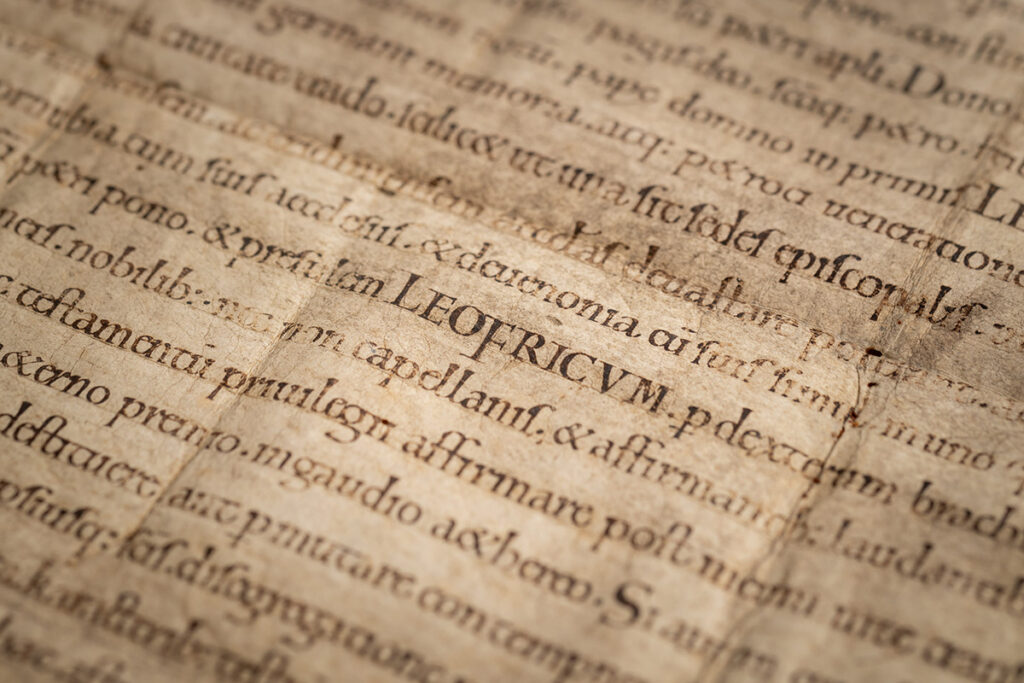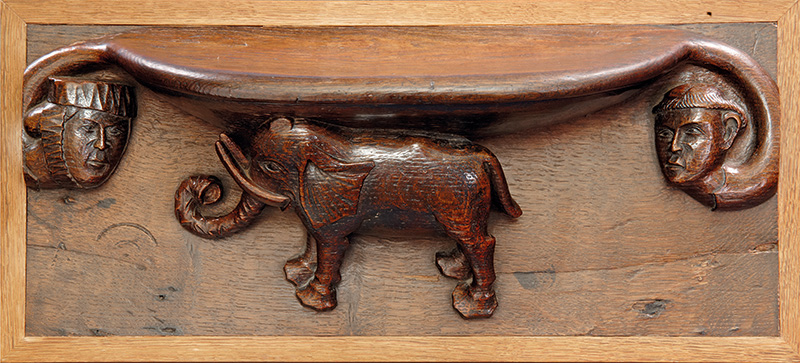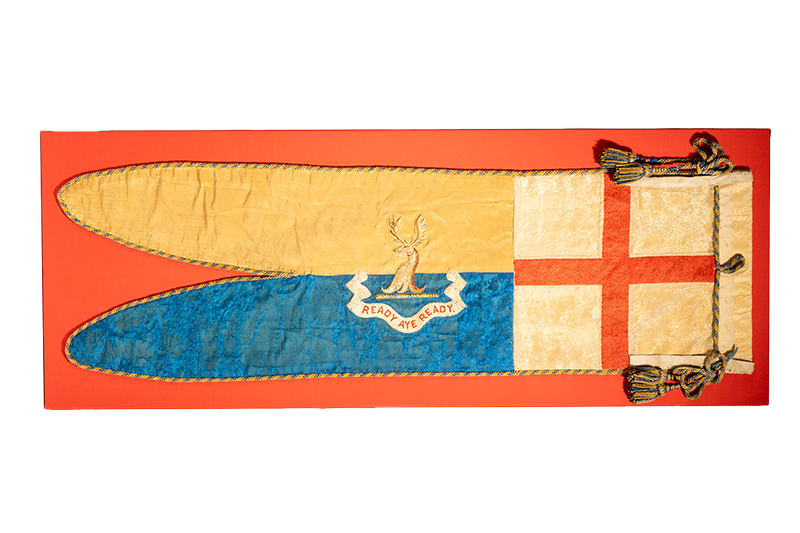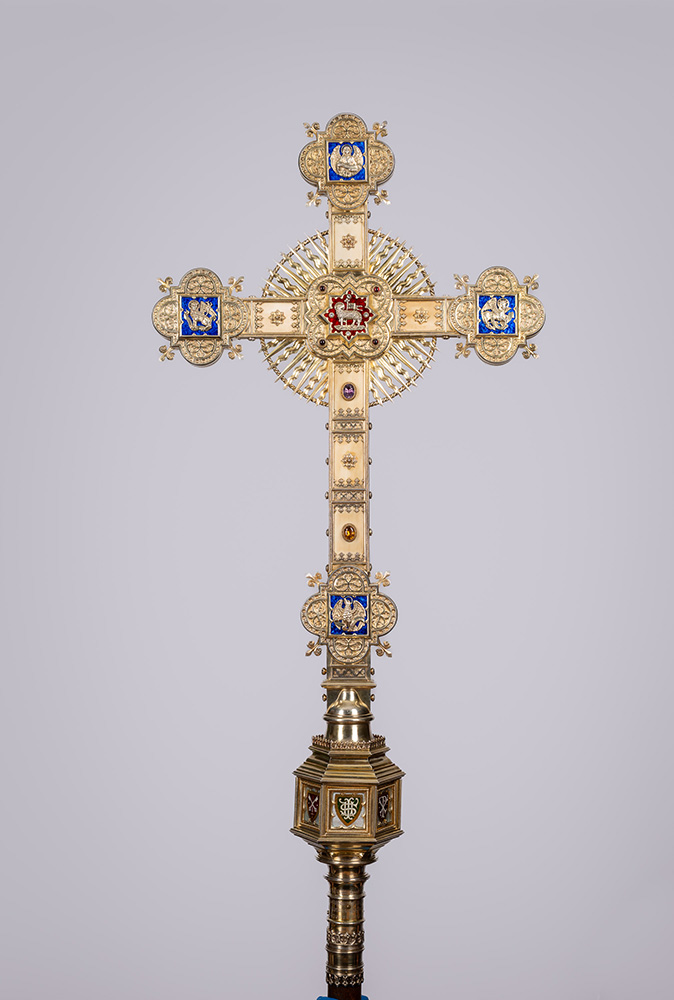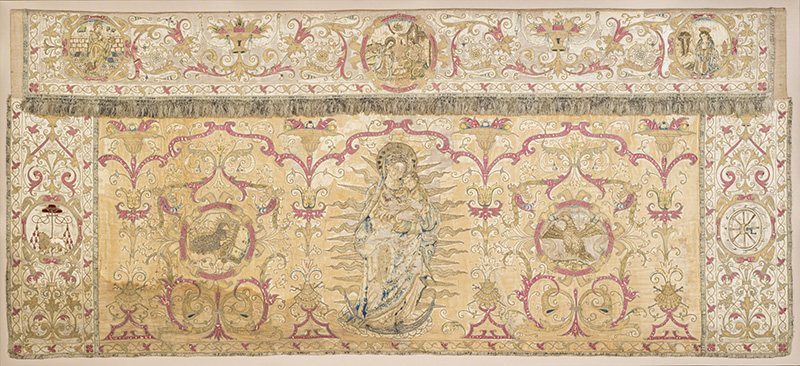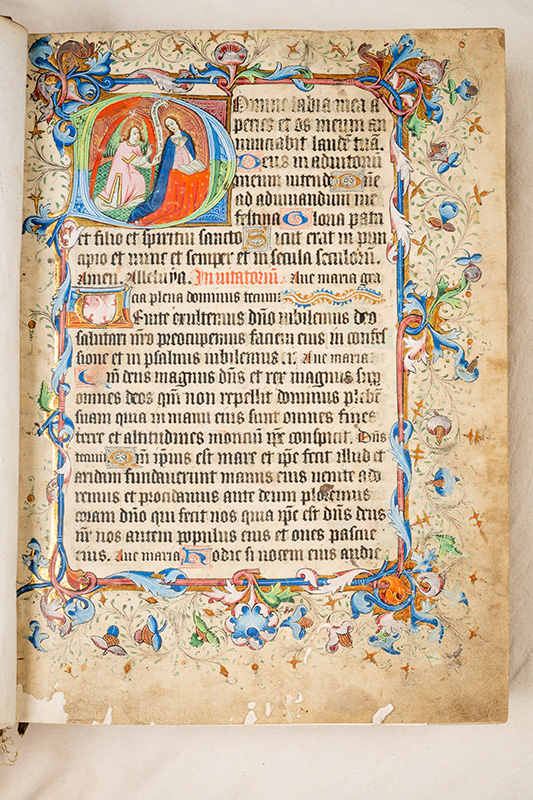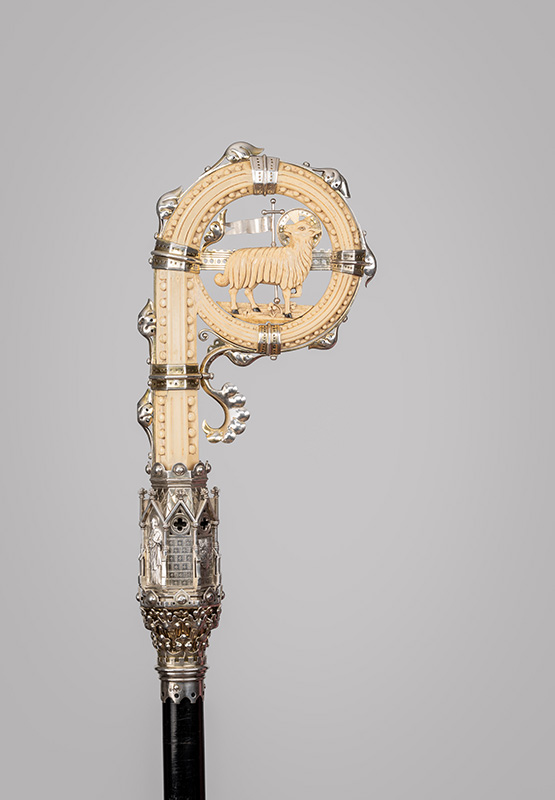Discover more about some of the fascinating items in our Treasures Exhibition.
Foundation Charter
This charter records the foundation of Exeter Cathedral in 1050 and the enthronement of Leofric as its first Bishop. It is the oldest surviving document of its kind in England and has been carefully preserved at Exeter for nearly a thousand years.
Since 1046, Leofric had been bishop of two separate dioceses, Devon and Cornwall, each with a cathedral: Crediton in Devon and St Germans in Cornwall. However, in 1050 King Edward the Confessor merged the dioceses of Devon and Cornwall to create a new diocese of Exeter, with a cathedral at Exeter housing the bishop’s throne. This large diocese existed until 1876 when the Bishopric of Truro Act once again separated Cornwall from Devon, paving the way for Cornwall to gain a new cathedral at Truro and a new bishop.
According to this charter, King Edward created the new diocese of Exeter with the approval of the Pope, Leo IX. The region had suffered badly in attacks of Danish pirates and a fortified city at Exeter was easier to defend than rural Crediton or Cornwall. Leofric became the first bishop of Exeter; an iron cross to the west of the present cathedral marks the location of the foundations of a large Anglo-Saxon church that became his cathedral.
King Edward and Queen Edytha came to Exeter for the enthronement ceremony on St Peter’s Day 1050. The King laid this charter on the high altar of the cathedral and, with the Queen, enthroned Leofric in the presence of many prominent churchmen and laymen. The charter was witnessed by the Archbishops of Canterbury and York, the bishops of Salisbury, Winchester and Worcester, and numerous abbots, earls and lords, including members of Queen Edytha’s family. It was even witnessed by the Queen’s brother, Harold Godwinson, who would later become, briefly, the last Anglo Saxon king of England before his death at the Battle of Hastings in 1066.
